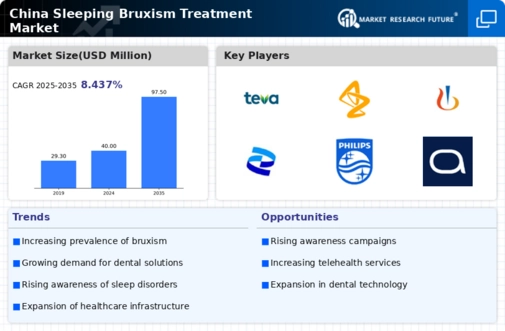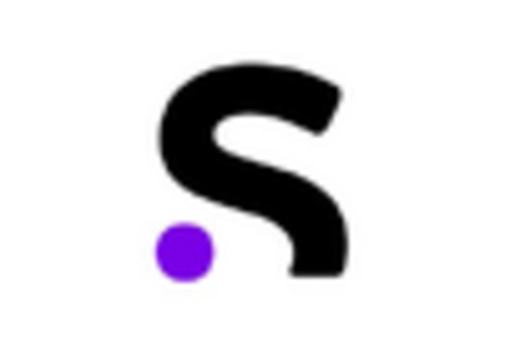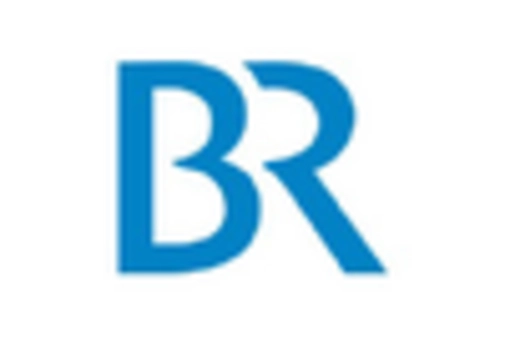The China Sleeping Bruxism Treatment Market has witnessed significant growth in recent years, driven by increasing awareness of oral health and the rising incidence of sleep-related disorders among the population. Competitive insights into this market reveal a number of key players actively working to develop effective treatment options for bruxism, which involves the involuntary grinding or clenching of teeth during sleep. These companies are engaged in constant innovation, focusing on research and development to introduce new therapies and products targeting this issue.
The competitive landscape is characterized by both multinational corporations and local firms, which collectively aim to enhance their market share while addressing the specific needs of Chinese consumers.Teva Pharmaceutical Industries has carved out a notable presence in the China Sleeping Bruxism Treatment Market, leveraging its extensive portfolio of generic and specialty medications. The company's strengths lie in its ability to produce high-quality pharmaceuticals at competitive prices and its robust distribution network throughout China.
Teva's focus on research and innovation ensures that it stays at the forefront of treatment developments for bruxism, as well as its commitment to patient education initiatives aimed at raising awareness of the condition within the population. The company's well-established relationships with healthcare professionals also facilitate better access to its products, thereby strengthening its position in the market.AstraZeneca has made significant inroads in the China Sleeping Bruxism Treatment Market by offering a range of products designed to alleviate the symptoms associated with this condition.
The company is recognized for its strengths in research and development, which enables it to introduce innovative therapies tailored to Chinese patients' needs.
AstraZeneca's comprehensive market presence is supported by strategic partnerships and collaborations within the healthcare ecosystem, allowing for better resource allocation and enhanced product visibility. In recent years, AstraZeneca has undertaken mergers and acquisitions to consolidate its position in the market, expanding its portfolio and enhancing access to its sleep disorder treatments. The company's commitment to providing effective products, alongside its strategic outreach efforts to both health professionals and consumers, positions AstraZeneca as a leader in addressing sleeping bruxism in the Chinese market.





















Leave a Comment